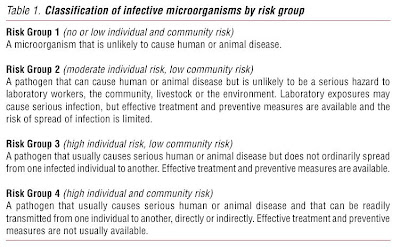Lean is the systematic elimination of waste.
Five Principles of Lean
1) Specify Value
2) Identify Value Streams
3) Create Flow
4) Leverage Pull
5) Seek Perfection
Our daily operation could be classified as Value Added (VA), Business Value Added (BVA) and Non-Value Added (NVA). Their definition is:
VA activities are necessary for meeting customer requirements.
BVA activities are not involved with meeting customer requirements, but are necessary (i.e. legal or internal policy).
NVA activities are not necessary for meeting customer requirements.
Example of Value Stream Mapping
 7 types of waste (Muda)
7 types of waste (Muda)1) Overproduction
2) Waiting
3) Transporting
4) Inappropriate Processing
5) Unnecessary Inventory
6) Unnecessary Motion
7) Defects
The most interesting section is Lean Simulation. Lean Lego Simulation (LLS) which has proven valuable for students to better understand lean principles and applications
In the beginning, I was a supplier and worked very easy because of kindly customer's Raw Material Receiving Dept.

During the production, we found that there were many stock (high inventory level) in raw material receiving dept.

and also in WIP (Head assembly, body assembly and final assembly).

Too far to transport the goods to QA dept. (Some defect happened during transportation.)

We drew the operation into Value Stream Mapping.






















